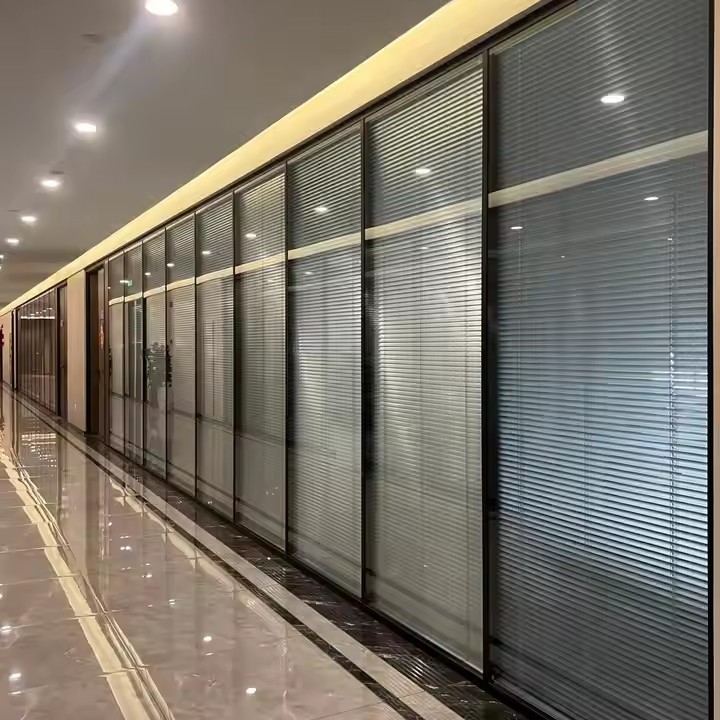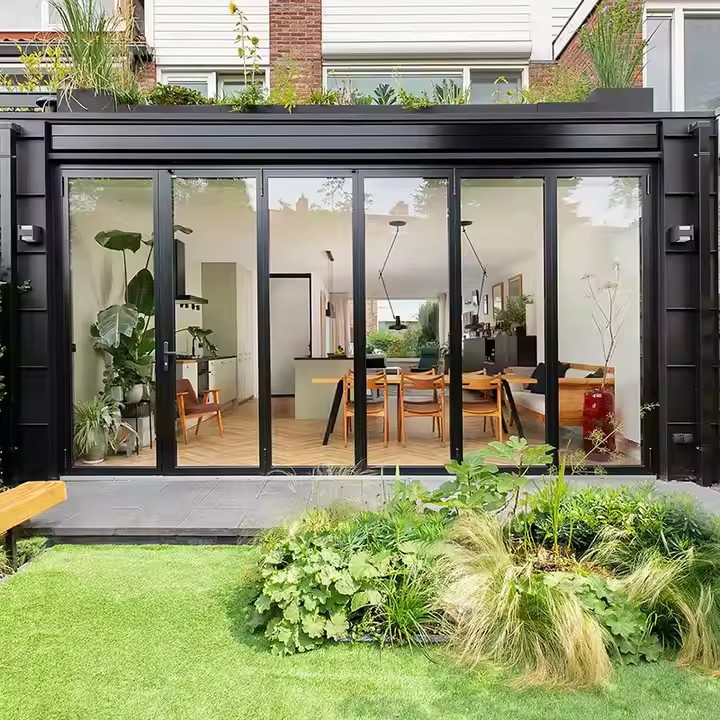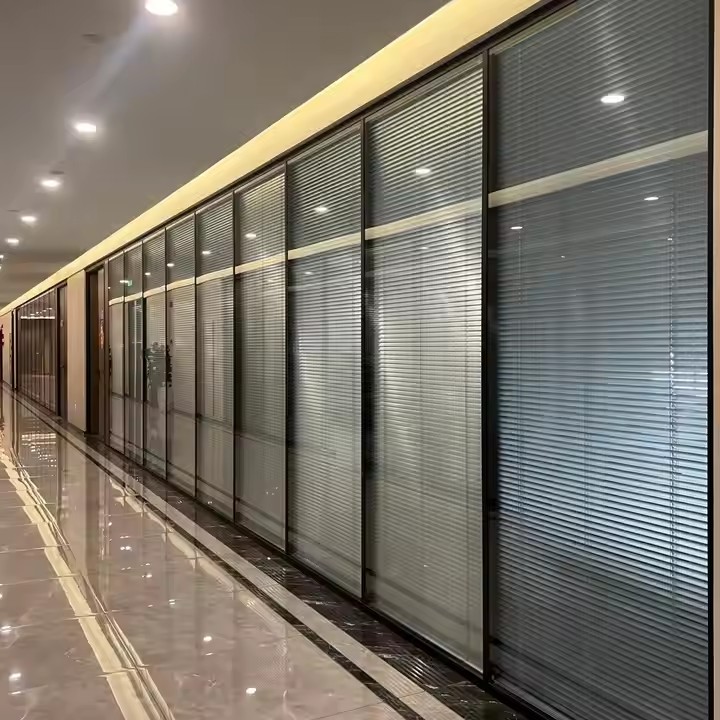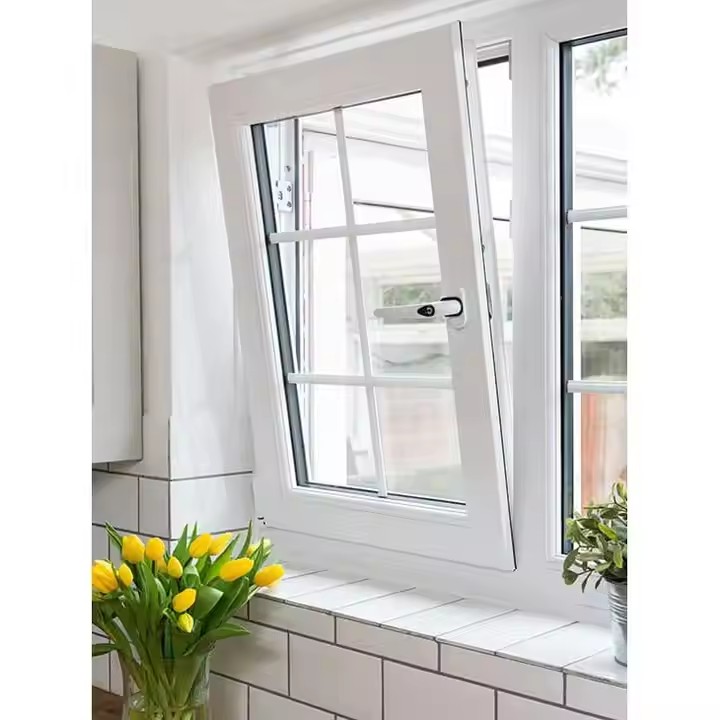I. Planning and Design Stage
Reasonably Determine the Scale and Function
Plan the size of the pavilion according to the actual usage needs. If it’s just for a small family gathering or as a decoration in the garden, there’s no need to build an overly large pavilion to avoid wasting materials and money. For example, for an ordinary family courtyard, a circular pavilion with a diameter of 3 – 4 meters or a square pavilion with a side length of about 3 meters is usually enough.
According to the actual usage scale and function, such as the construction area, measure the construction area precisely and budget for the purchased materials.
Simplify the functional design. Cut down on some unnecessary complicated functions, like an overly complex multi – layered roof design or too many decorative accessories. For example, choosing a single – roof pavilion design instead of a complex double – eaves or multi – layered spire structure can effectively reduce costs. For the interior decoration of the pavilion, try to reduce unnecessary decorations as much as possible to cut down on unnecessary expenses.
Select Appropriate Materials and Styles
Materials:
Wood is a common choice and is relatively inexpensive. Anti – corrosion wood, for example, not only has a natural beauty but can also resist a certain amount of decay and pests, and its price is much lower than that of some rare woods (such as rosewood). When the budget is limited, using well – treated anti – corrosion wood can reduce costs while meeting basic usage and aesthetic needs.

For metal materials, aluminum alloy can be considered. It has a lower cost than materials such as copper or stainless steel and also has good corrosion resistance and strength. For example, the cost of the frame of an aluminum – alloy pavilion may be only 60% – 70% of that of a stainless – steel frame.
Styles:
Choose a simple modern style or a traditional simple style. Modern – style pavilions have simple lines and structures and use relatively less materials and decorations; traditional simple styles focus on the basic structure and avoid too many complex decorations such as carvings and paintings, thus reducing costs.
II. Material Procurement Stage
Compare Prices from Multiple Suppliers and Make Bulk Purchases

Contact multiple suppliers and compare the material prices, quality, and after – sales services they provide. By communicating with different suppliers, more favorable prices can be obtained. For example, when purchasing wood, ask about prices at local wood markets, wood – processing factories, and some large building – materials wholesalers. You may find that wholesalers can offer more competitive prices because they purchase in large quantities.
If possible, make bulk purchases. When building multiple pavilions or making joint purchases with others, buying materials in bulk can get a discount. For example, if you buy enough wood to build several pavilions at one time, the supplier may give a 5% – 10% price discount.
Utilize Waste or Recycled Materials
Look for usable waste wood or metal materials to build the pavilion. For example, the wood from some demolished old buildings can be treated and reused for the construction of the pavilion. These waste materials have a very low cost, and some can even be obtained for free, such as picking suitable materials from the leftover scraps of demolition sites or wood – processing factories.
Consider using recycled materials, such as recycled plastic wood. This material has the appearance and texture of wood, but its cost may be lower than that of natural wood and it also has good weather resistance and corrosion resistance. Consider using environmentally – friendly materials. Environmentally – friendly materials have a longer service life, a lower price, and meet consumers’ expectations. Nowadays, consumers’ consumption concepts are becoming more and more advanced and they are more inclined to use environmentally – friendly materials.、

III. Construction Stage
Do – It – Yourself or Choose an Appropriate Construction Team
If you have certain construction skills yourself or have friends with relevant experience to help, you can try to build part or all of the pavilion by yourself. This can save labor costs, but you need to pay attention to construction safety and quality. For example, you can complete some simple foundation work and frame – building work yourself. Or you can compare different construction teams in the market, see which construction teams have lower prices, and choose a low – cost construction team to reduce economic costs.
Choose a reasonably – priced construction team. When choosing a construction team, don’t just look at the price. Also consider their construction experience, reputation, and qualifications. You can screen them by asking friends, neighbors, or checking online reviews. Compare the quotes of different construction teams and choose a team with high cost – performance.

Optimize the Construction Process and Techniques
Adopt simple and efficient construction techniques. For example, when connecting wood, use simple mortise – and – tenon structures or metal connectors instead of complex carved joints, which can not only ensure structural stability but also reduce construction time and costs.
Choose some steel materials that have a longer service life and won’t be severely damaged after a long time of weathering. Reasonably arrange the construction sequence to avoid material waste and construction period extension caused by chaotic construction. For example, first carry out foundation construction and then build the frame after ensuring a solid foundation. This can reduce rework and material loss caused by foundation problems.

